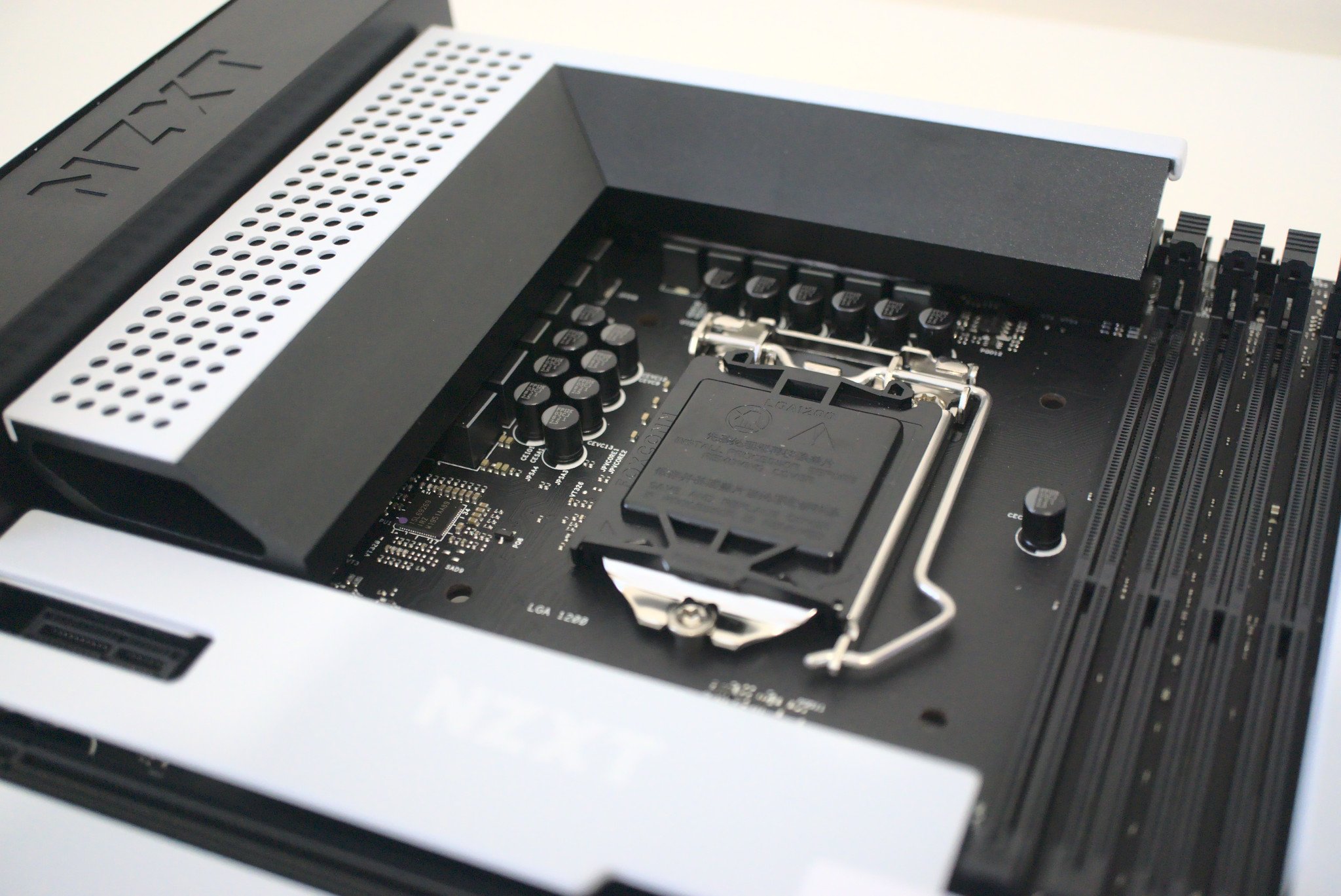How to Get Into Bios Windows 8.1
 Source: Rich Edmonds / Windows Central
Source: Rich Edmonds / Windows Central
Whether you buy one of today's best laptops or desktop PCs, or if you build your own, at some point you're going to need to do a BIOS (also referred to as UEFI) update. With Windows 11 on the horizon and its Secure Boot and TPM 2.0 requirements, that time might be coming really soon.
Most of the time there's a strong case to be made that you should just leave your BIOS alone. Bad updates can completely hose your PC, so running on a line of "if it ain't broke, don't fix it" can get you by. But equally, there's always a chance that important fixes will need to be applied. So it's a good idea to familiarize yourself with updating your BIOS.
The BIOS is detached from Windows, and so in a lot of cases updating it requires going in and updating directly. It might sound scary if you're not a seasoned PC builder, and unfortunately, there is no single solution that covers every desktop, laptop, or motherboard. Here's what you need to know to get your BIOS update applied successfully.
How to check your BIOS version
 Source: Richard Devine / Windows Central
Source: Richard Devine / Windows Central
If you're running the latest version you won't have to apply any updates, so it's a good idea to know what you're running before you start. This bit can be done from Windows, so you don't need to reboot into the BIOS.
- Hit the Windows and R keys together.
- Type msinfo32 and press enter.
- Locate the entry marked BIOS version/date.
- Note down this information and close the window.
That's all you need to do for now. If you know your motherboard manufacturer and model or you have a pre-built desktop PC from a company like Dell or Lenovo, or a laptop, you can skip to the next section. If you don't know your motherboard details, you'll need those before going to the next stage as well.
 Source: Windows Central
Source: Windows Central
- Hit the Windows and R keys together.
- Type cmd and press enter.
- Enter the command
wmic baseboard get product,Manufacturer,version,serialnumberand press enter. - Note down the details and close the window.
This command will provide you all the key information about your motherboard in order to download the correct BIOS.
How to download and update your BIOS
 Source: Windows Central
Source: Windows Central
This is where the exact science stops and you'll have to venture out on your own. Each different PC, laptop, and motherboard model has its own BIOS, and you will have to go and find it. The place to go is the support site for your relevant manufacturer.
Sometimes you'll get lucky and there will be a Windows application you can download that will apply the update for you. But in most, especially if you have a custom-built PC, you'll have to apply it manually from a USB flash drive. The good news is that no manufacturer will expect you to figure it out for yourself. Accompanying any download will be comprehensive instructions on how to apply the updates.
Using the ASRock motherboard I have as an example, not only will the support site show the correct BIOS update for your motherboard, but it also offers step-by-step instructions on using its Instant Flash feature to apply it. It's worth keeping the instructions open on a second device while you work.
It is a fairly technical process and while it might look scary, it really isn't. If you're not familiar with the process just take your time, read the specific instructions provided by your hardware manufacturer, and you'll be fine. It's unlikely to be a regular process you'll need to complete, at least.
How to Get Into Bios Windows 8.1
Source: https://www.windowscentral.com/how-update-your-bios
0 Response to "How to Get Into Bios Windows 8.1"
Post a Comment